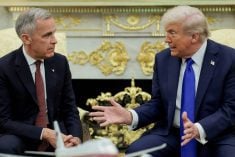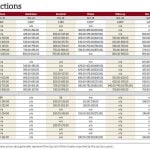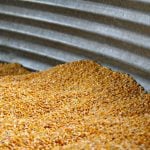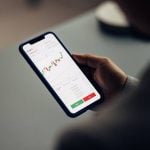On Dec. 13, less than four months away, the Winnipeg Commodity Exchange will take its leap of faith into electronic trading.
But as the organization gets ready to move, it’s unclear how many will march off with it.
“If they get declining volumes, it becomes a very big risk to go forward and expect that, from somewhere in the world, new interest is going to come in and offset the losses you’ve already seen and will see,” said Winnipeg market analyst Brenda Tjaden Lepp.
It’s a concern common across North American commodity and stock exchanges.
Read Also
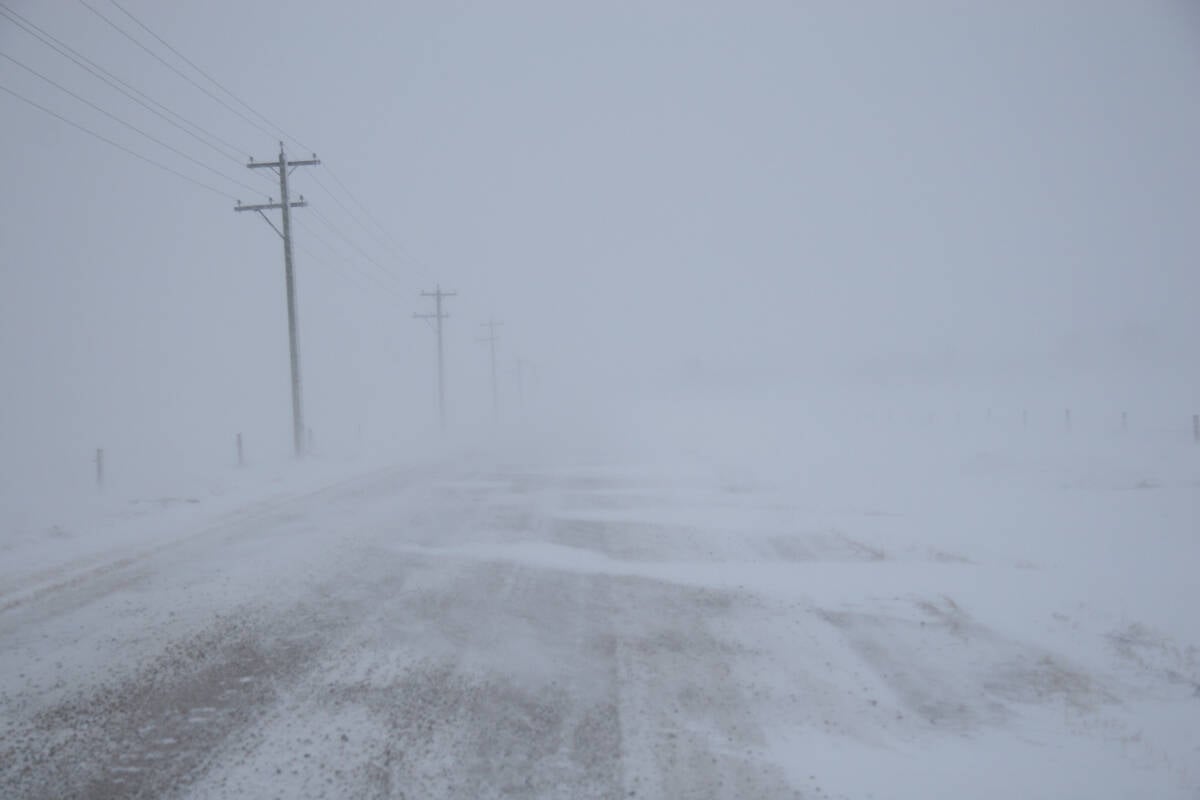
Volatile temperatures expected for this winter
DTN is forecasting a lot of temperature variability in the Canadian Prairies this winter. Precipitation should be close to average.
At the WCE, electronic trading is going to replace the open outcry system. Management believes the exchange, with its small volumes in a diminishing handful of contracts, can’t afford to have both an open outcry and an electronic trading system.
But at the much larger Chicago Board of Trade, electronic trading has been added to the CBOT’s open outcry system in a move that has also been controversial. The New York Stock Exchange has recently unveiled plans to add electronic trading as a complicated complement to its open outcry system.
Operators of the CBOT and NYSE have been forced to move into electronic trading because substantial numbers of former users have been switching their trading to electronic exchanges. By adding an electronic component, the CBOT and NYSE are hoping to stop their losses and bring back business.
The Minneapolis Grain Exchange has also been developing an electronic trading system, but has run into trouble with cost overruns and trader resistance.
In Winnipeg, electronic trading will be done through a system operated by the CBOT, but the exchange will remain independent.
The switch to electronic trading is shaking up the cast of characters that has long operated at the WCE. Benson Quinn-GMS recently announced it would end its actual contract trading functions, passing on two of its traders to Fimat Canada, which will continue trading once the exchange goes electronic.
Benson Quinn-GMS will still act as a broker for farmers, executing their risk management strategies, but with the WCE having no open-outcry system after Dec. 13, it doesn’t need to have its own traders because it can simply send orders by computer to companies like Fimat to fulfill.
Many independent traders, known as locals, have said they will not continue trading the WCE’s contracts once the exchange goes electronic. Their speculative trading has helped the WCE’s struggling contracts to maintain liquidity. Losing their volume would seriously weaken the remaining contracts, analysts like Tjaden Lepp fear.
Some of the exchange’s contracts, most obviously flax but also increasingly canola, have problems with convergence between cash and an expiring futures month because of poor design and little threat of delivery.
If those problems aren’t cleared up before the transition to electronic trading, they could become chronic.
“If you throw electronic trading on top of the fact that it doesn’t converge properly right now, it becomes a serious threat to its survival,” said Tjaden Lepp.
Market analyst Errol Anderson of Pro Market Communications agreed that delivery against the WCE’s contracts has become so difficult that the contracts are losing their crucial connection to the cash market. But he didn’t think the exchange could ignore the promise of electronic trading to alleviate the liquidity situation.
He said volume has stumbled at the WCE in recent years and the exchange had to act to stave off collapse.
“It’s probably going to be good for the exchange,” said Anderson.
“They had to do something.”
Until the transition to electronic trading is actually made, no one will have a sure answer about whether it was the right way to go.








